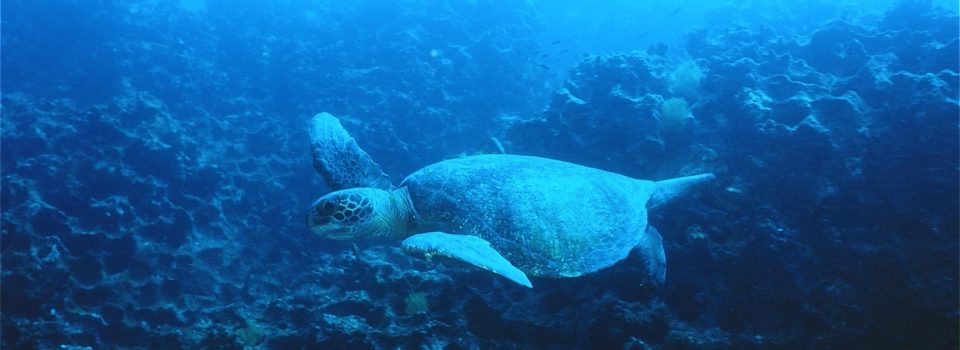National Group of sea turtle meets to design a national plan of action
July 11th, 2016
Carlos Guerra (University of Antofagasta), Francisco Ponce (Undersecretary of Fisheries and Aquaculture), Patricia Zarate (IFOP), Walter Sielfed (Arturo Prat University), Marco Soto (Zonal Director of Fisheries and Aquaculture XV, I and II Regions), Antonio Palma (SERNAPESCA)
The 6th meeting of the National Marine Turtle Specialist Group was held in Vina del Mar. This time experts on sea turtle of Chile had as main objective to design a National Action Plan for the Protection and Conservation of Sea Turtles that considers the guidelines to follow for research and conservation actions of these species in Chile.
Dr. Patricia Zarate, IFOP researcher and president of the group said “the aim of this meeting is the development of the National Plan of Action for the conservation and protection of sea turtles. Chile has international commitments of protection for all species of sea turtles, all of which are endangered and are included in Appendix I of CITES, that means they have full protection. Chile as a signatory of this and other conventions has the obligation to protect and carry out actions aimed to mitigate the bycatch. In Chile, this is considered one of the main threats to these animals, and we need to educate and inform the community that in our country there are sea turtles and we’ll have to look after them.” IFOP plays a fundamental role of monitoring fisheries that incidentally caught sea turtles; in this way, today we have information on their distribution and conservation status of the species caught.
The zonal director of fisheries and aquaculture of the XV, I and II regions, Marco Soto, who is also part of the national group of sea turtles, said “in Arica, we have been working 3 years ago in a worktable of sea turtle with various public services; in northern Chile, there are important aggregations of sea turtles to be protected, this is the reason we now have a proposal for a marine reserve green turtle. This protection zone is located in La Puntilla sector of the Chinchorro beach, there are about 50 hectares where turtles live and feed, would be the first marine reserve of its kind in Chile; so, these meetings of the national group are very important for us because of what we are doing in Arica and the support we have here, especially, with the turtle national action plan which will cover until the north zone. Also, a diffusion work has been done with Sernatur, the municipality, the University Arturo Prat and the different services and NGOs that make up our table in the region.”
Walter Sielfeld, professor at the University Arturo Prat and member of the national group of sea turtles added “we have been working since 2011 in the north of the country, and thanks to the Regional Government which has supported us, we have research projects that will allow us to evaluate the status of sea turtles in this area; there we conducted visual census, marking and recapture and have measured more than 400 sea turtles in a year. The turtles come to this area because there is a meadow relatively extensive in algae and quite productive that provides food for these animals. We have confirmed that sea turtles in this area have an excellent state of health and a fairly high growth and its presence is all the year”.
Dr. Zárate said “the work that each member of the national group of sea turtles held in the country is fundamental for the development of this national contribution plan; we expect that before the end of the year, we could have this document that will guide us and help us to meet the commitments that Chile has in favor of the protection and conservation of sea turtles.
